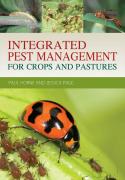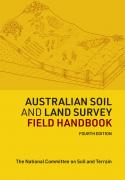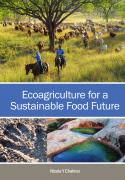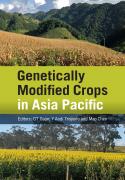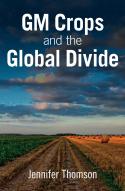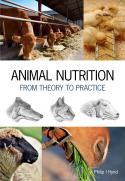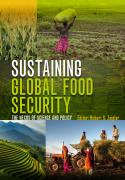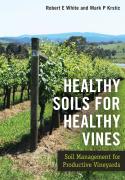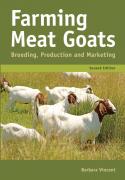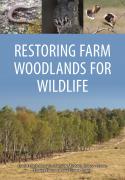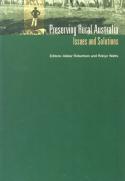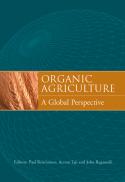Integrated Pest Management for Crops and Pastures describes in straightforward language what is required for farmers to successfully implement Integrated Pest Management (IPM) in cropping and grazing operations. It explains the differences between conventional pesticide-based controls and IPM, and demonstrates the advantages of IPM.
Effective control of pests depends on a number of approaches, not just chemical or genetic engineering. The opening chapters cover the different approaches to pest management, and the importance of identification and monitoring of pests and beneficials. Most farmers and advisors can identify major pests but would struggle to recognise a range of beneficial species. Without this information it is impossible to make appropriate decisions on which control methods to use, especially where pests are resistant to insecticides.
The book goes on to deal with the control methods: biological, cultural and chemical. The biological control agents discussed include both native and introduced species that attack pests. Cultural changes that have led to an increase in the incidence or severity of pest attack are also examined. The chapter on chemical control describes the different ways chemicals can affect beneficial species, also detailing acute, sub-lethal and transient toxicities of pesticides, drawing on examples from horticulture where necessary.
Finally, the authors bring all the components of integrated pest management together and show farmers how to put their IPM plan into action.


